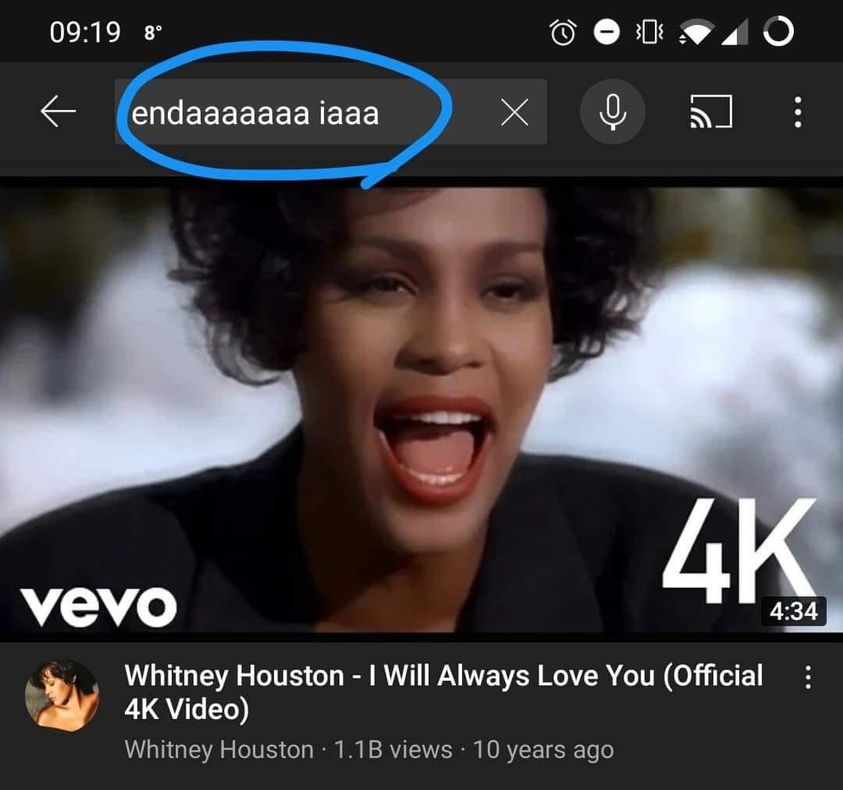In the vast digital landscape of today’s internet, where billions of searches are conducted daily, merely optimizing for keywords is no longer sufficient to stand out. Enter semantic search – the sophisticated algorithmic approach that has revolutionized the way search engines interpret user queries. In this article, we’ll delve deep into the world of semantic search, exploring its importance, mechanics, distinctions from keyword-based searches, benefits, and providing illustrative examples to illuminate its functionality.
Understanding Semantic Search and Its Significance for SEO Initiatives
Semantic search represents a paradigm shift in the realm of search engine optimization (SEO). Unlike traditional keyword-based searches, which relied heavily on exact matches, semantic search aims to comprehend the contextual meaning behind user queries. By discerning the intent and context of a search, search engines can deliver more relevant and personalized results, enhancing the overall user experience. This heightened relevance translates into improved visibility, traffic, and ultimately, conversions for websites.
Exploring the Mechanics of Semantic Search
Context and Search Intent: At the core of semantic search lie two crucial elements: context and search intent. Context refers to the surrounding information or circumstances that influence the meaning of a word, phrase, or query. Semantic search algorithms analyze contextual clues such as user location, browsing history, device type, and recent search behavior to provide tailored results. Moreover, understanding search intent – the underlying purpose or goal behind a search query – is paramount in semantic search. Whether a user seeks information, wants to make a purchase, or seeks navigational assistance, search engines strive to deliver results that align with the user’s intent.
Differentiating Semantic Search from Keyword Searches
Semantic search marks a departure from the rigid constraints of keyword-based searches, wherein search engines solely focused on matching keywords with content. Unlike keyword searches, which often yielded results based on exact keyword matches, semantic search embraces a more holistic approach, considering synonyms, related concepts, and user context. While keywords remain relevant in semantic search, their significance lies in their contextual relevance rather than exact matches.
Unveiling the Benefits of Semantic Search
The adoption of semantic search offers a plethora of benefits for businesses and website owners. Firstly, semantic search enhances the accuracy and relevance of search results, leading to higher user satisfaction and engagement. By understanding user intent more comprehensively, websites can attract qualified traffic, resulting in increased conversions and revenue. Additionally, semantic search fosters a more natural and conversational interaction between users and search engines, mirroring real-world communication patterns.
Illustrative Examples of Semantic Search in Action
To illustrate the workings of semantic search, consider the following scenarios:
Scenario 1:
A user searches for “best pizza nearby.” Semantic search algorithms not only consider the keyword “pizza” but also interpret the user’s intent to find nearby pizza restaurants, leveraging geolocation data to deliver relevant results.

Scenario 2:
In response to this query, a search engine employing semantic search algorithms recognizes the contextual relevance of the term “sport with golden snitch” within the context of Quidditch, a game played in the wizarding world created by J.K. Rowling. As a result, the search engine may display a featured snippet or knowledge graph panel providing a concise explanation of the golden snitch’s significance in Quidditch, including its role as the game-winning element and its unique properties.

Scenario 3:
Upon receiving this query, a search engine powered by semantic search algorithms recognizes the relevance of the term “race of blue aliens” within the context of the movie Avatar. As a result, the search engine may present a knowledge graph snippet or a dedicated information panel providing details about the Na’vi, the indigenous humanoid species featured prominently in the film. This snippet may include information about their culture, biology, and their role in the storyline, satisfying the user’s informational intent.

Conclusion
In conclusion, semantic search represents a pivotal advancement in the field of SEO, transforming the way search engines understand and process user queries. By prioritizing context, intent, and relevance, semantic search algorithms deliver more personalized and accurate search results, ultimately enhancing the user experience. As businesses and website owners navigate the ever-evolving digital landscape, embracing the principles of semantic search is paramount to







